Plywood is a versatile material that has found its application in diverse domains of the construction and furniture industry. However, innovations and advancements in the industry have resulted in the development of diverse variants of the material in terms of kind, grade, thickness, and size. Among these plethora of options, the most celebrated ones are because of their moisture resistance or waterproof properties.
Post your Requirement
In these dynamics, the popularity of materials of BWR (Boiling Water Resistant) and BWP (Boiling Water Proof) plywood is on a constant rise. Both wood materials are highly durable and waterproof but are used for distinct purposes in the industry due to varied specifications. Let’s dive deeper into the diverse features of both structures to have an understanding of what can suit your purpose.
What is BWR Plywood?
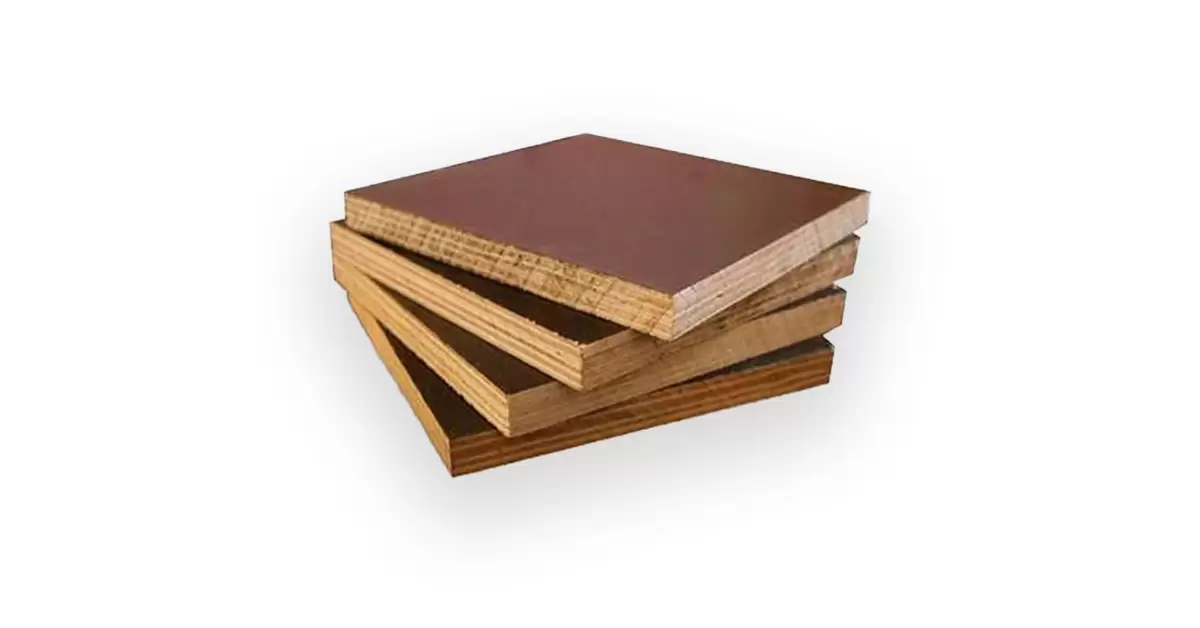
BWR plywood or boiling water-resistant plywood is an effective water-resistant plywood that is used widely for the manufacturing of furniture or cabinet structures for diverse residential and commercial purposes. It is resistant to water but not entirely waterproof as it is bonded using the phenol-formaldehyde resin that ensures strong resistance to moisture.
It is ideal for a wide range of interior and semi-exterior applications as it is a cost-effective material that ensures long-term durability in furniture elements and outdoor structures. This is a water-resistant plywood that is designed to be warp-free with a cohesive bonding and durable finish. The surface core layer of the structures is treated with specific chemicals and the benefit of advanced technology to ensure no to minimal surface core gaps along with a good level of termite resistance and pest-proof nature.
Suggested Post: What are Commercial Plywood – It’s Types and Sizes
Key Features Of The BWR Plywood
- It is capable to withstand exposure to moisture for a considerable period. It is an enhanced option as compared to the Interior MR-grade plywood or moisture-resistant plywood in terms of water resistance. It can be used for the manufacturing of kitchen design elements such as furniture, cabinets, bathroom or steam room furniture, and others due to its superior performance in humid conditions.
- BWR plywood is a warp-free wood material that comes with super strong bonding and zero surface core gaps.
- The core layer of the structures is treated with chemicals along with VPI technology to ensure the termite-proof properties of BWR plywood.
- It comes with higher levels of strength and durability along with impressive malleability (can be bent into different shapes).
- As an exterior plywood grade, BWR plywood can be used indoors, outdoors, and for semi-outdoor purposes witnessing exposure to moisture.
- The BWR plywood has an Indian Standards specification number of IS:303.
- It is generally a more cost-effective option for diverse applications.
What is BWP Plywood?
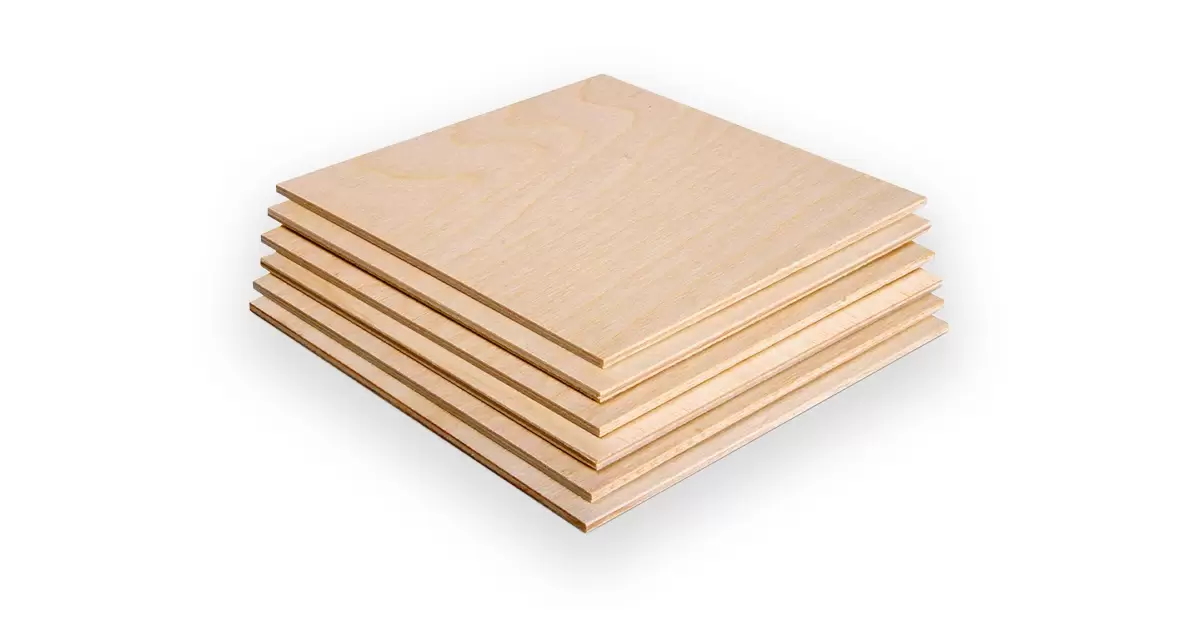
The term BWP Plywood stands for Boiling Water Proof Plywood and serves to be one of the best materials for applications with consistent exposure to moisture or water. Also known as the marine grade plywood, the BWP plywood is designed to offer exceptional waterproof properties that allow it to withstand diverse weather and climatic conditions with incredible performance.
The material is made with reasonable wooden veneer sheets together and bonded with undiluted phenol-formaldehyde resin, which ensures complete water resistance and makes it a highly durable option under extreme conditions. You can keep the few samples of BWP plywood in boiling water and it will make you realize that the material can resist delamination in boiling water for four to eight hours. Additionally, if better-quality melamine is used for gluing, the plywood will be able to withstand boiling water for around 10-12 hours. Phenolic glue is the best one to use in BWP plywood as it can go on without delamination for 24 to 72 hours in boiling water.
Suggested Post: What Is Marine Plywood? Types, Grades, Costs, and Its Versatile Uses
Key Features Of The BWP Plywood
- It is a completely waterproof material that is ideal for applications witnessing prolonged exposure to water such as the construction of wardrobes, base and wall cabinets of modular kitchens, under-basin storage, storage lofts, and tall cabinets that can be prone to the contact of steam and water.
- The BWP blockboards are made by gluing three to four veneer sheets along with phenolic and melamine glue to ensure superior strength and resistance to water damage.
- With its incredible stress-relieving treatment, the plywood is designed to offer anti-warp properties making the structures dimensionally stable in both dry and wet conditions.
- This waterproof plywood also comes with remarkable pest-resistance and termite-resistance properties that make it ideal for unique interior and exterior applications in almost all weather conditions.
- The material is also meticulously designed to withstand rough weather and climatic conditions, making the structures further suitable for the construction of boats and shipbuilding.
BWR vs BWP Plywood: A Comparative Analysis
The different kinds of plywood are used in diverse applications in diverse industries. The BWR and BWP are both water-resistant plywood but you need to choose which one suits your purpose best based on their specific features and capabilities.
|
Factors to Consider |
BWR Plywood |
BWP Plywood |
| Water Resistance | Moderate resistance; can withstand water exposure for a limited time. | High resistance; completely waterproof. |
| IS Certifications | IS: 303 (Indian Standard for BWR grade plywood) | IS: 710 (Indian Standard for BWP grade plywood) |
| Glue Used | Phenol-Formaldehyde Resin | Phenol-formaldehyde resin (higher grade) |
| Durability | Durable, suitable for semi-wet conditions | Highly durable, even in extreme wet conditions |
| Strength | Strong and sturdy for general use. | Stronger due to higher quality and water resistance. |
| Termite Resistance | High resistance to termites, offering better protection | Offer effective resistance to borer & termites with the high-quality adhesives and additives used. |
| Common Applications | Indoor furniture, kitchen cabinets, bathroom cupboards (low water exposure areas). | Outdoor furniture, marine applications, and kitchen cabinets with heavy water exposure. |
| Costs | More affordable than BWP plywood. | More expensive due to better water resistance and durability. |
| Lifespan | Long-lasting under moderate conditions. | Longer lifespan even in harsh conditions. |
Cost Structure Of BWP And BWR Plywood: A Comparative Analysis
The price structure of the different kinds of plywood varies based on a plethora of factors that include the following:
- Thickness of the Plywood.
- Grade and Quality.
- The Core Material of the Type.
- Brand and Certifications they Possess.
- Sustainability Practices of the Brand.
- Market demand for Plywood in the area.
- Finish and customization options.
- Transportation costs, and more such things.
The key factor in the cost differences between the BWR plywood and the BWP plywood is reflected by the level of water resistance and the intended use for the structures.
- BWP Plywood: This waterproof plywood is meticulously designed to withstand prolonged exposure to moisture thus making the material ideal for outdoor applications in high-moisture environments. Its higher standard of durability, quality, and water resistance make the BWP plywood a relatively expensive choice compared to BWR plywood.
- BWR Plywood: The material of BWR plywood is water-resistant but it is not suitable for continuous exposure to moisture as it is not a waterproof choice. Therefore this type of plywood is suitable for areas with moderate moisture levels like the furniture in kitchens and semi-exterior applications. Therefore, this water-resistant plywood is considerably less expensive than BWP plywood.
- Cost Difference: In short the BWP plywood is an expensive choice and thus comes with a 15-30% higher price tag as compared to BWR plywood. You can go for BWP for heavy-duty applications and BWR as a flexible and affordable option for specific applications.
BWR vs BWP Plywood: Which One Should You Choose?
before deciding which of the two, BWR and BWP plywood, would be the ideal choice for you, you need to answer the three essential questions.
- What do you want to build?
- What is your budget?
- What is the level of water resistance you need?
To ensure you get the right kind of plywood for your project, you should consider the following essential factors:
- Application Type: You should first consider the type of application. If it is heavy-duty work that requires a s tougher, less flexible, and heavier plywood with superior waterproof material, you should go with BWP plywood. It can be used for applications such as building patio furniture, doors and shelves in kitchen and bathroom designs, and numerous outdoor applications. On the other hand, BWR plywood is a more malleable, affordable, and flexible option that can be used for interior and semi-outdoor works such as kitchen design, bathroom cabinet doors, customized furniture, wall units, TV units, shoe racks, etc.
- Environmental Considerations: If your project involves prolonged exposure to moisture or water, opting for BWP can be a smart decision. On the other hand, for interiors with occasional moisture exposure, BWR can be a sufficient and affordable option.
- Budget Consideration: As we have considered above, the costs of BWR plywood are significantly lower as compared to BWP plywood making them a more economical option. Therefore, for indoor applications, BWR plywood serves to be a great option with premium capabilities.
- Durability Requirements: For long-lasting and high-durability needs, especially in extreme environments, BWP plywood is the better choice. It can also be used for the construction of boats, decks, ships, and other marine structures while the BWR plywood is particularly ideal for indoor and semi-exterior applications.
How To Maintain BWP Or BWR Plywood?
Opting for superior maintenance strategies is crucial to ensure excellent condition and good-as-new appearance and to extend its lifespan. Regular cleaning is something we all know and it’s often universal with all kinds of structures. Some other techniques often include the following:
BWP Plywood
- Keep it Clean: You should use a soft dry or damp cloth for wiping the surface to clear away the dirt and other pollutants. Remember to avoid the use of harsh chemicals or abrasive cleaners that can disturb the beautiful finish of the surfaces. Regular cleaning is the key to the maintenance of the good-as-new look of the marine plywood.
- Avoid Prolonged Moisture Exposure: The BWP plywood is water-resistant yet you should protect the surfaces against prolonged exposure to water. This includes wiping off any spills to avoid stains and keeping the structures in well-ventilated areas to prevent moisture retention.
- Inspect For Damage: You should regularly inspect for damage such as swelling or warping that can damage the products. Address these issues in time to prevent further damage. Additionally, apply coasters, mats, or protective pads under heavy or sharp objects to prevent scratches and dents. Prevent overloading of the shelves or dragging heavy items over them to prevent potential damage.
- Protect With Coatings: You should add a protective layer to your plywood structures with the help of polish, varnish, or laminates to ensure superior durability and maintenance of the plywood’s finish. This will also protect the structures against scratches, wear or tear, and other concerns.
- Seal Edges and Joints: For superior protection, you can also apply a water-resistant sealant around the edges and joints of the structures to ensure further water resistance and thus extended lifespan.
BWR Plywood
- Clean Regularly: You should clean the BWR plywood surfaces with a dry, soft, and clean cloth to prevent the aggregation of dust and dirt on the surfaces. You can use a slightly damp cloth for deeper cleaning but avoid using harsh chemicals or cleaners on the surfaces.
- Prevent Moisture: The material of BWR plywood is water-resistant but prolonged exposure to standing water or excessive humidity can cause significant damage. Therefore you need to prevent consistent exposure to water and position it in a well-ventilated area.
- Protect From Direct Sunlight: Exposure to direct sunlight can lead to discolouration and warping in BWR plywood. Therefore you should not place BWR plywood with sunlight exposure for long periods.
- Polish or Laminate: You should also consider adding a protective layer of polish or laminate to the surfaces to enhance the aesthetic appeal of the surfaces along with improving their water resistance properties. This will also ensure a smoother finish and superior durability for an extended period.
- Guard Against Termites: Although the BWR plywood is designed to offer resistance to termites, you should do regular inspections to prevent potential damage. You can apply termite-resistant solutions and also ensure good airflow to prevent the issues that come with dampness of spaces.
Choose The Best Commercial Plywood For Sturdy Projects
In the complex war of BWR vs BWP Plywood, clients often find themselves confused and overwhelmed about which one to choose. Let us clarify it for you. Both BWR and BWP plywood are great options with excellent features that make them effective for a wide range of construction and furniture needs. You should consider your personal needs and requirements in terms of durability, water exposure, and budget constraints and then make an informed decision to ensure perfection in performance.
Read Also: Top 10 Plywood Companies in India

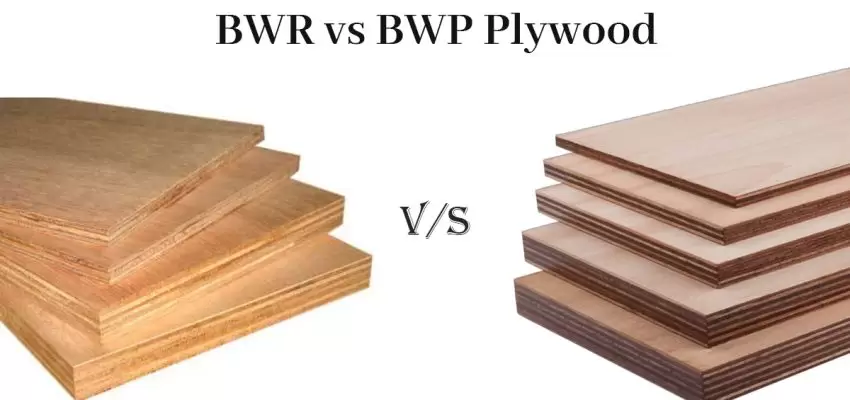
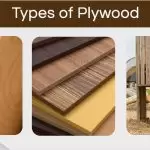

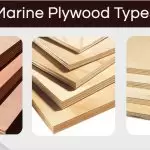
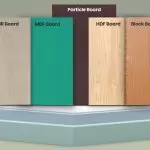

















Post A Comment